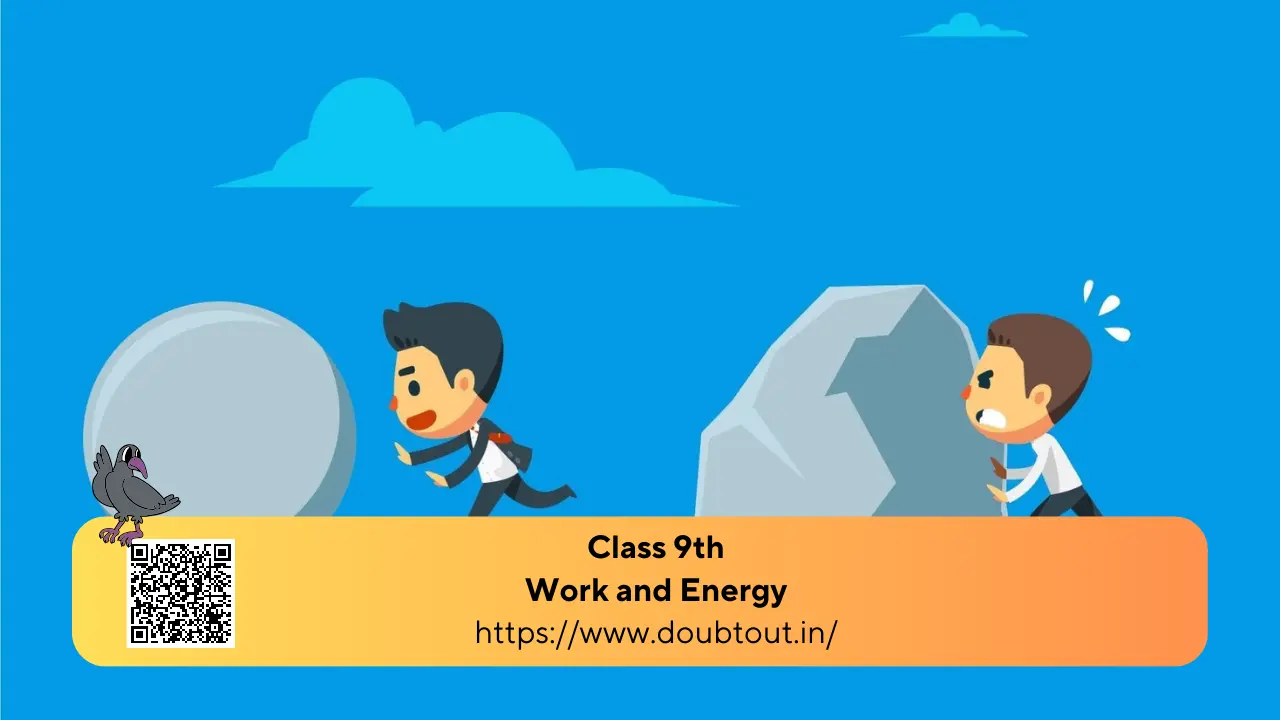Our country India is one of the 12 mega biodiversity countries of the world. With about 47,000 plant species, India occupies the tenth place in the world and fourth in Asia in plant diversity. The diverse wildlife and natural vegetation …
The climatic conditions of an area decide the livelihood of people belonging to that particular area. Climate refers to the total of weather conditions and variations over a large area for a long period (more than thirty years). Weather refers …
The term drainage describes the river system of an area. The area drained by a single river basin is called a drainage basin. Chapter 3 Drainage of NCERT Class 9 Geography books – ‘Contemporary India I’ deals with the drainage system of …
1. Choose the right answer from the four alternatives given below. (i) A landmass bounded by the sea on three sides is referred to as (a) Coast (b) Island (c) Peninsula (d) None of the above Answer: (c) (ii) Mountain ranges …
1. Choose the right answer from the four alternatives given below. (i) The Tropic of Cancer does not pass through (a) Rajasthan (b) Odisha (c) Chhattisgarh (d) Tripura (ii) The easternmost longitude of India is (a) 97° 25′ E (b) …
One by one, the fundamental rights in the Indian Constitution are introduced to the students. Next, students will learn how these rights can be utilised by ordinary citizens. They will also learn how the scope of rights has been expanding. …
1. If you are elected as the President of India, which of the following decisions can you take on your own? a. Select the person you like as Prime Minister. b. Dismiss a Prime Minister who has a majority in …
1. Which of the following statements about the reasons for conducting elections are false? a. Elections enable people to judge the performance of the government. b. People select the representative of their choice in an election. c. Elections enable people …
1. Here are some false statements. Identify the mistakes in each case and rewrite these correctly based on what you have read in this chapter. Answer. 2. Which of these was the most salient underlying conflict in the making of …
1. Here is some information about the four countries. Based on this information, how would you classify each of these countries? Write ‘democratic’, ‘undemocratic’ or ‘not sure’ against each of these. Answer. 2. Here is some information about four countries. …
In Chapter Excercise – 1 Q1. What do we get from cereals, pulses, fruits and vegetables? Ans: Cereals are the source of carbohydrates and are the main source of energy. Pulses provide protein for growth and development. Vegetables and fruits …
In Chapter Excercise–1 1. How does the sound produced by a vibrating object in a medium reach your ear? Solution: When an object vibrates, it necessitates the surrounding particles of the medium to vibrate. The particles that are adjacent to …
What you have learnt In chapter Exercise-1 1. A force of 7 N acts on an object. The displacement is, say 8 m, in the direction of the force. Let us take it that the force acts on the object …
NCERT Solutions for Class 9 Science Chapter 8: Force and Laws Of Motion (Uppdated Pattern) In chapter Exercise-1 1. State the universal law of gravitation. Solution: The universal law of gravitation states that every object in the universe attracts every …
In Chapter Excercise-1 1. Which of the following has more inertia: (a) a rubber ball and a stone of the same size? (b) a bicycle and a train? (c) a five-rupee coin and a one-rupee coin? Solution Since inertia is …
In Chapter Excercise-1 Solution Yes, an object which has moved through a distance can have zero displacement if it comes back to its initial position. Example: If a person jogs in a circular park which is circular and completes one …
















